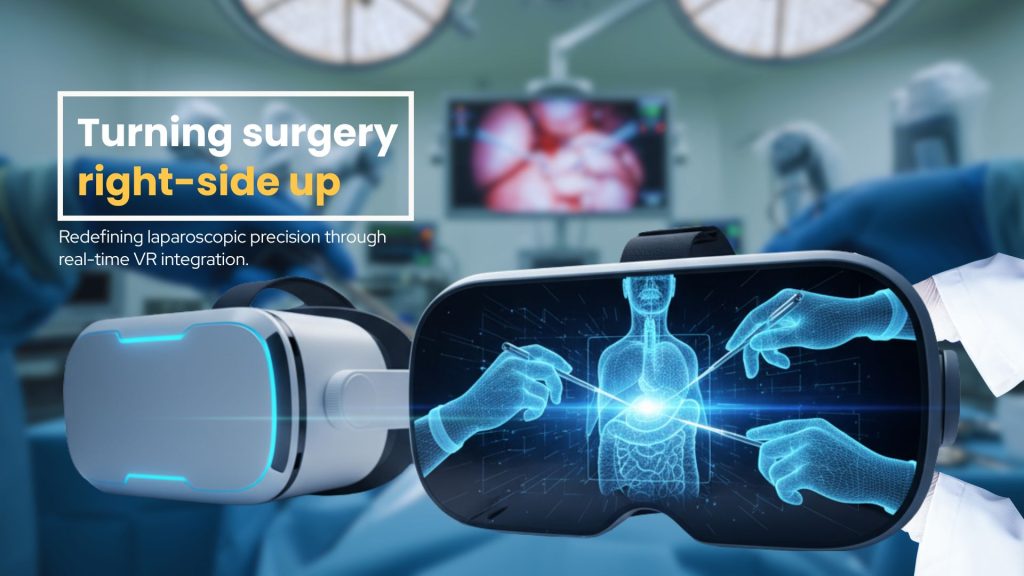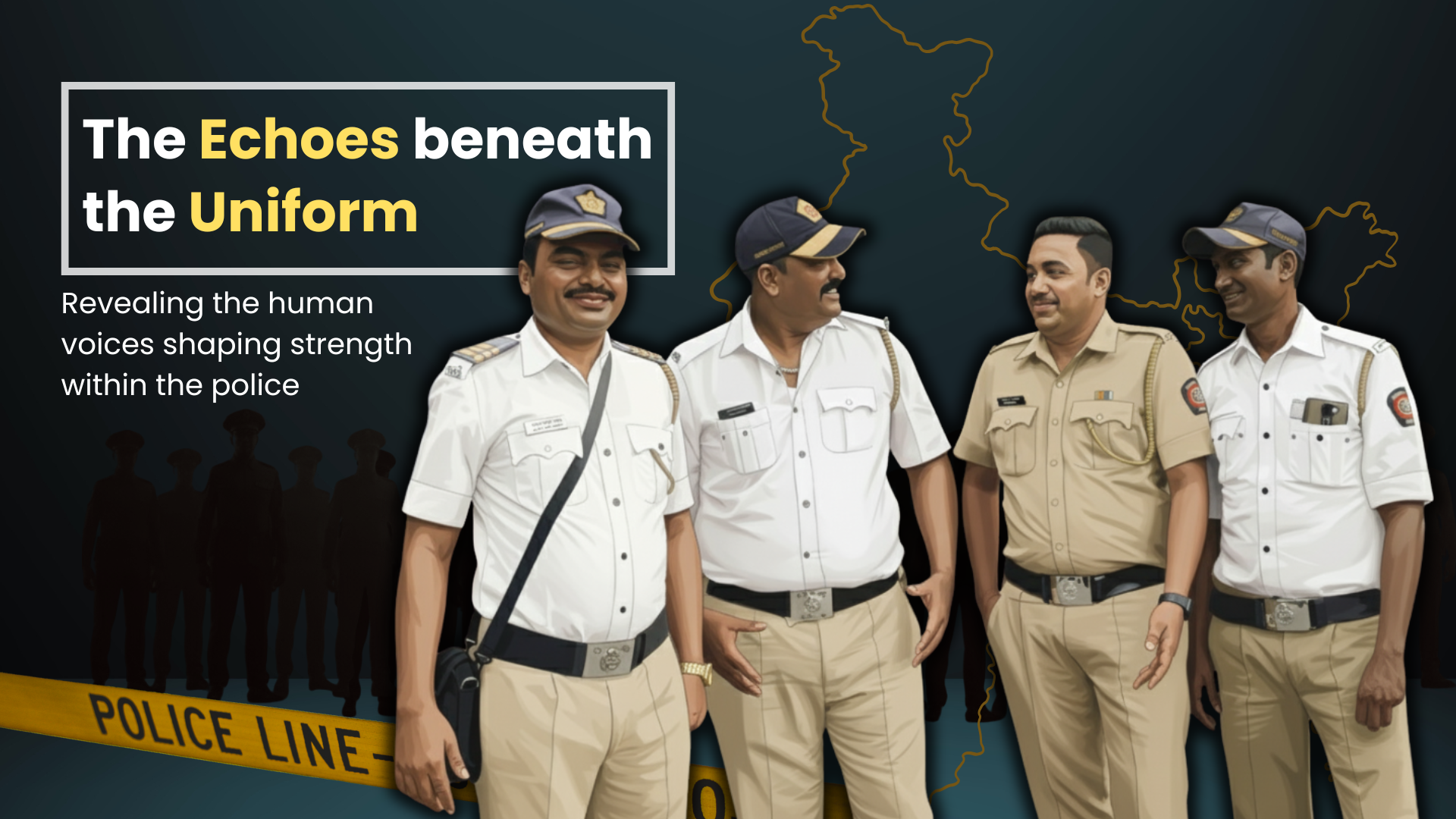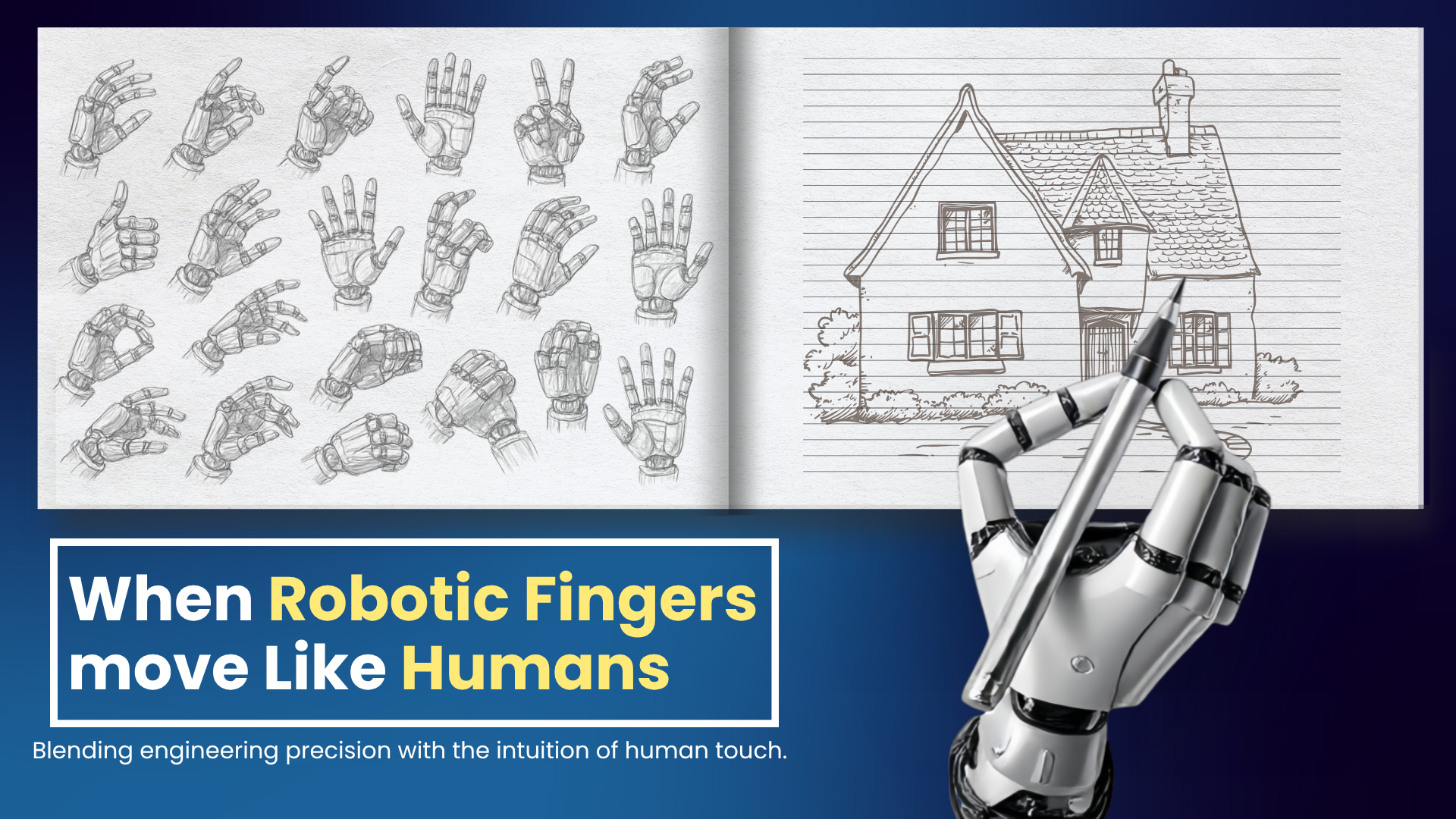
Laparoscopic surgeries are one of the most complex surgeries -since they face major difficulties like lack of depth perception, reduced touch perception, special hand-eye coordination, mirror movement due to the fulcrum effect, and limited motion.
Therefore, in spite of the high demand for laparoscopic surgeries, due to these difficulties, surgeons face more challenges than for open surgeries.
Surgery types can be open (where a large incision is made), minimally invasive (where a small incision is made), or emergency or elective (emergency is done to save a life, whereas elective is planned in advance, such as for cosmetic surgery or knee replacement.). In this study, laparoscopy, which is a minimally invasive surgery (MIS) has been considered.
Laparoscopy, is a surgery where a small incision is made near the abdomen. Once this is done, a laparoscope, which is a thin, flexible tube with a light and camera, is inserted. The camera sends images to a computer monitor, allowing the surgeon to see the internal organs in real-time. This technique allows doctors to examine and treat organs inside the abdomen or pelvis.
Laparoscopy can help to diagnose conditions like endometriosis, ovarian cysts, and pelvic inflammatory disease. It is used in surgeries like gall bladder removal, appendix removal, and bariatric (weight loss) surgery.
Laparoscopy has the advantages of having reduced scarring and recovery time, less pain, and shorter hospital stays.
Only SAGES and the American College of Surgeons (ACS) offer Fundamentals of Laparoscopic Surgery (FLS) as a standard curriculum for laparoscopic surgical training.
Another problem with the training, is that it is mainly subjective in nature. The usual training is very generic, and does not take into consideration all the aspects of laparoscopy. The authors of this study therefore would like to suggest a more objective training.

In this study, the authors Ms. Abinaya P and Prof. Manivannan M from the Touch Lab, Department of Applied Mechanics and Biomedical Engineering, Indian Institute of Technology (IIT) Madras, Chennai, India, and Dr. Venkatraman Sadanand from the Department of Neurosurgery, Loma Linda University Health System, California, USA, have employed Fitts’ law for laparoscopic training.
Fitts’ law is a mathematical model usually used in human-computer interaction to predict the time it takes to move to a target based on the distance to the target and the size of the target. In this study it was used to quantify the extent of the inversion effect in laparoscopic training.
One of the main problems with laparoscopic surgery training, along with depth perception, force exertion, and tool maneuvers, is the adaptation to the inverted tool movement on the monitor. There is an inversion between the movement of the tool handle present in the real world, and the tool tip seen on the monitor. This causes difficulty in the surgeon’s movements since open surgery and other normal tasks are done through direct hand motion.
A multi-tapping Fitts’ law task was designed for a custom-developed laparoscopic virtual reality (VR) haptic training simulator. The task had two experimental conditions – with and without inverted visual tool movements, performed by two groups of 24 novices.
It was found that the inverted motion takes 11.86 % longer compared to the non-inversion motion. The results show the possibility of using Fitts’ law to quantify the inversion effect in laparoscopic tasks. Future studies can focus on developing a direct inversion index based on time, variability, effective index of difficulty, and other parameters.
Dr. Ramya Ramakrishnan, who is Associate Dean (Academics), MEU Coordinator, and Professor of Surgery, at the Apollo Institute of Medical Sciences and Research (AIMSR), Chittoor, India, gave the following detailed analysis of the approach taken by the authors and appreciated their efforts with the following comments: “As a Laparoscopic Surgeon and a Professor of Surgery, I deeply appreciate the work presented in the paper, “Objective Assessment of Laparoscopic Skills using Fitt’s Law in Virtual Reality Simulations” by Abinaya P, Manivannan M and Venkatraman Sadanand. The effort to bring objective, quantifiable metrics like Fitt’s Law to the challenging domain of laparoscopic training addresses a long standing need in surgical education.
This study pioneers a method to “quantify the inversion effect” using Fitt’s Law. By designing a multi- tapping Fitt’s Law task on a customised Virtual Reality (VR) haptic training simulator, the authors have provided an objective assessment tool focusing specifically on this critical skill. The study’s results validate the severity of the inverted motion challenge using highly detailed kinematics like “Increased Movement Time” (IMT), Reduced Throughput during the inverted movement while completing the virtual laparoscopic tasks. Currently, standard assessment techniques like OSATS and GOALS are based on questionnaires and rating scales with subjective elements. Although existing simulators use objective metrics like task completion time, these lack construct validity across all laparoscopic tasks.
The proposal to employ Fitt’s Law provides a skill based objective evaluation that is highly correlated with kinematics involved in dating to inverted motion. The metrics chosen based on specific skills like adapting to inversion, will increase the assessment’s accuracy and construct validity.
The immediate need is to confirm these findings with experienced surgeons and novices. Comparing the results between these two groups of surgeons is essential to solidify the use of Fitt’s Law as a standardised assessment tool.
In conclusion, this paper provides a methodological sound and highly relevant foundation for assessing one of the most fundamental skills required in laparoscopic surgery- adaptation to inverted tool movement.
This will undoubtedly enhance the quality and standardisation of surgical training worldwide.”
Article by Akshay Anantharaman
Click here for the original link to the paper










